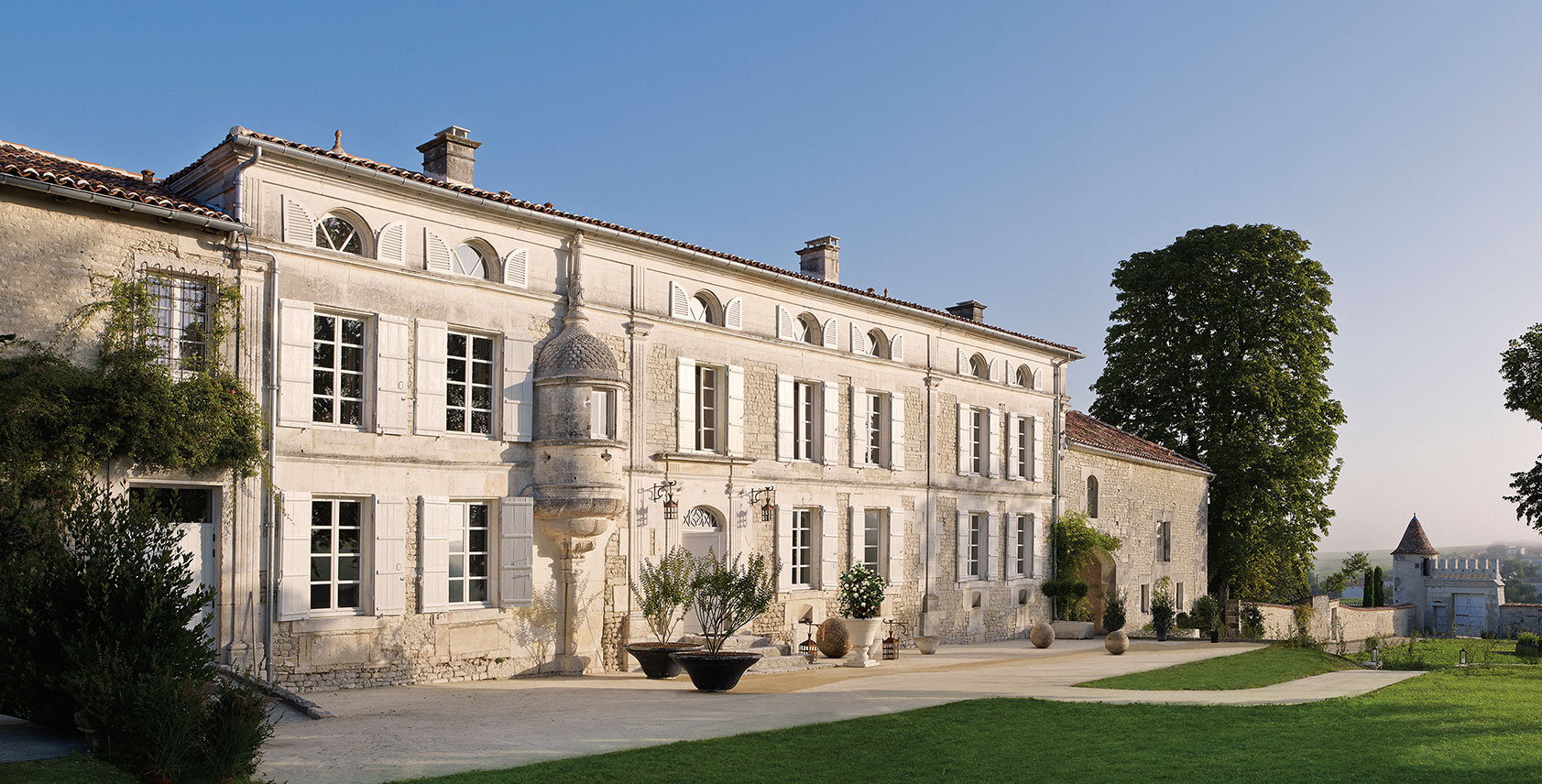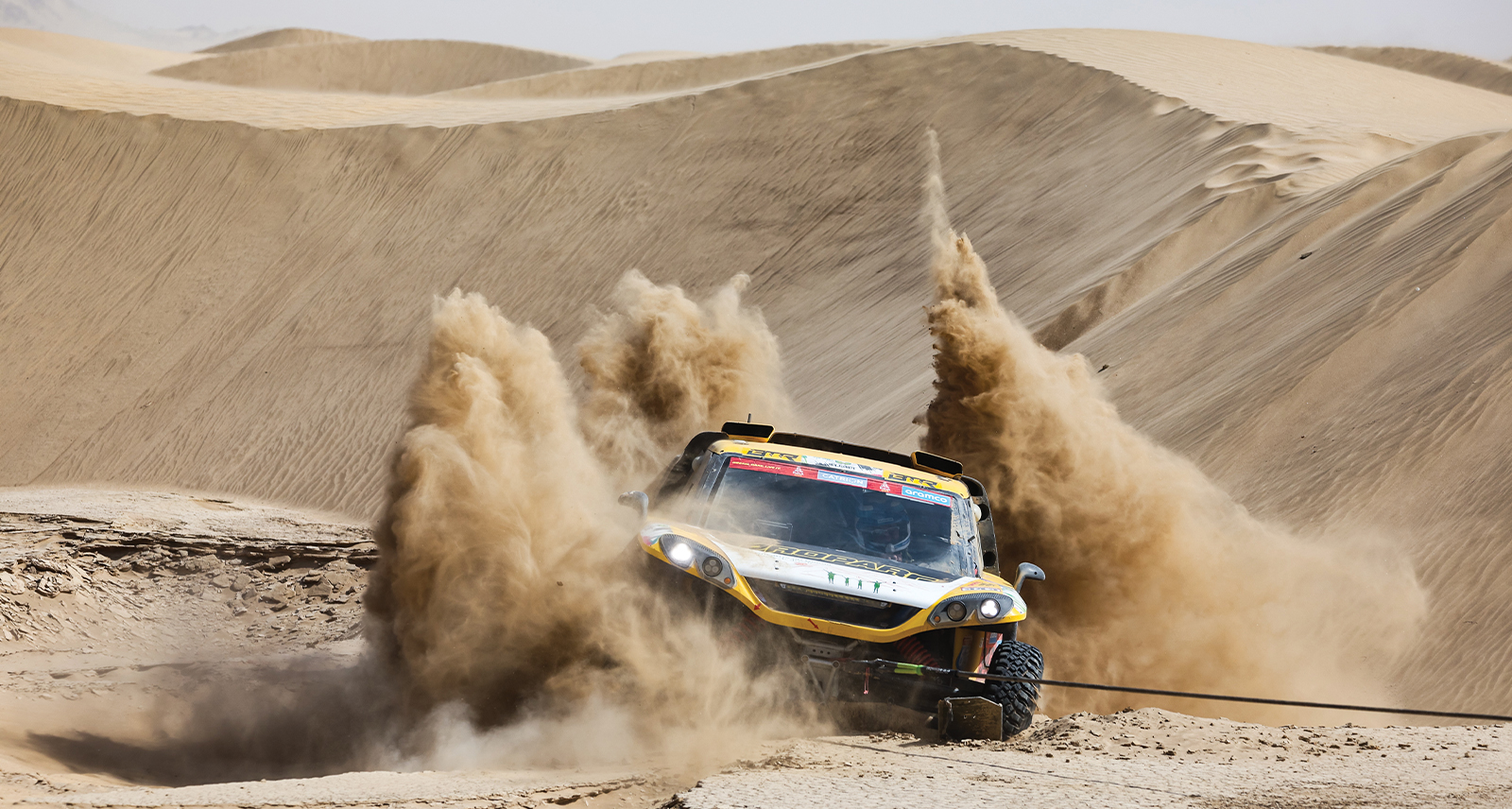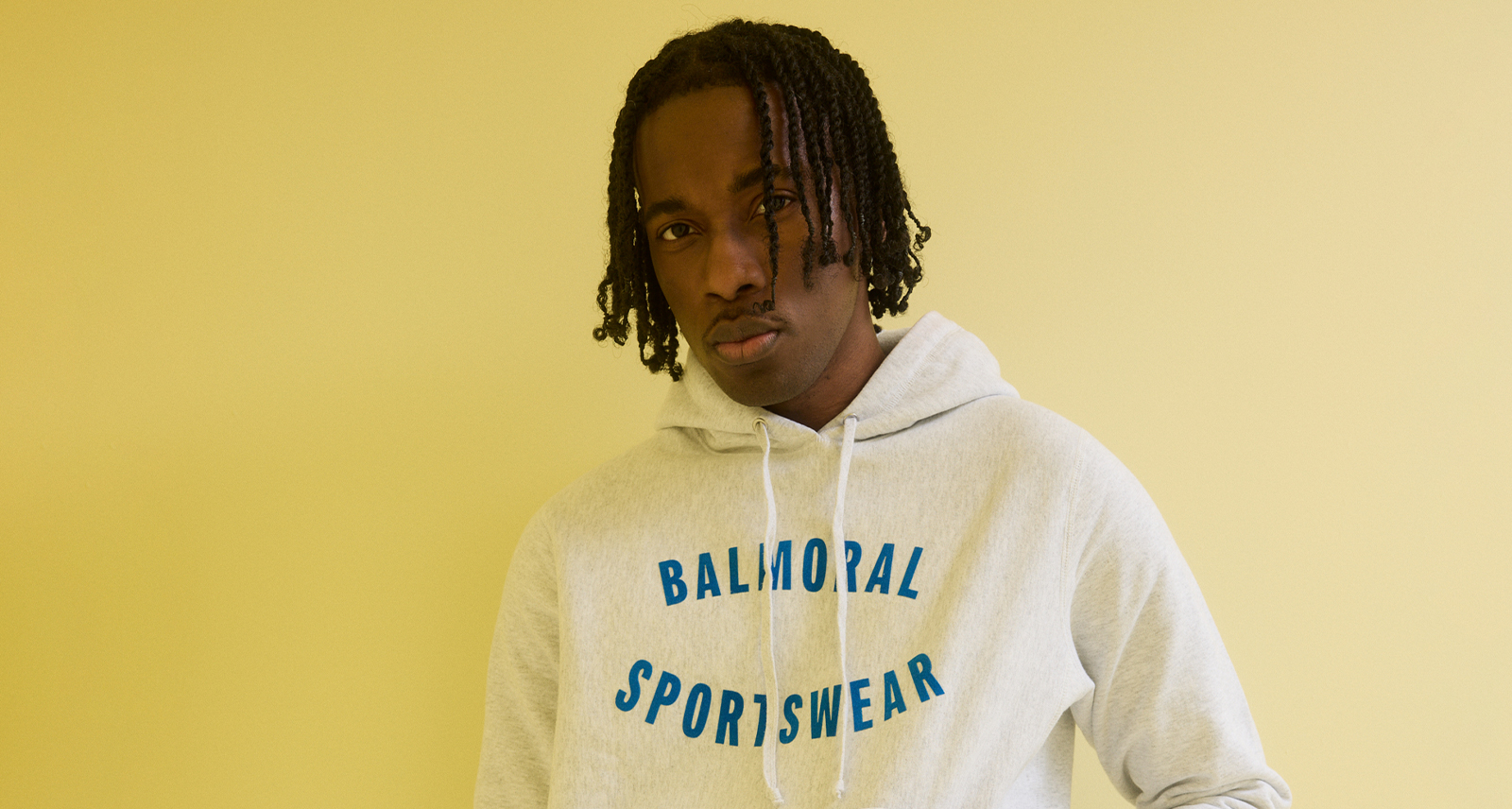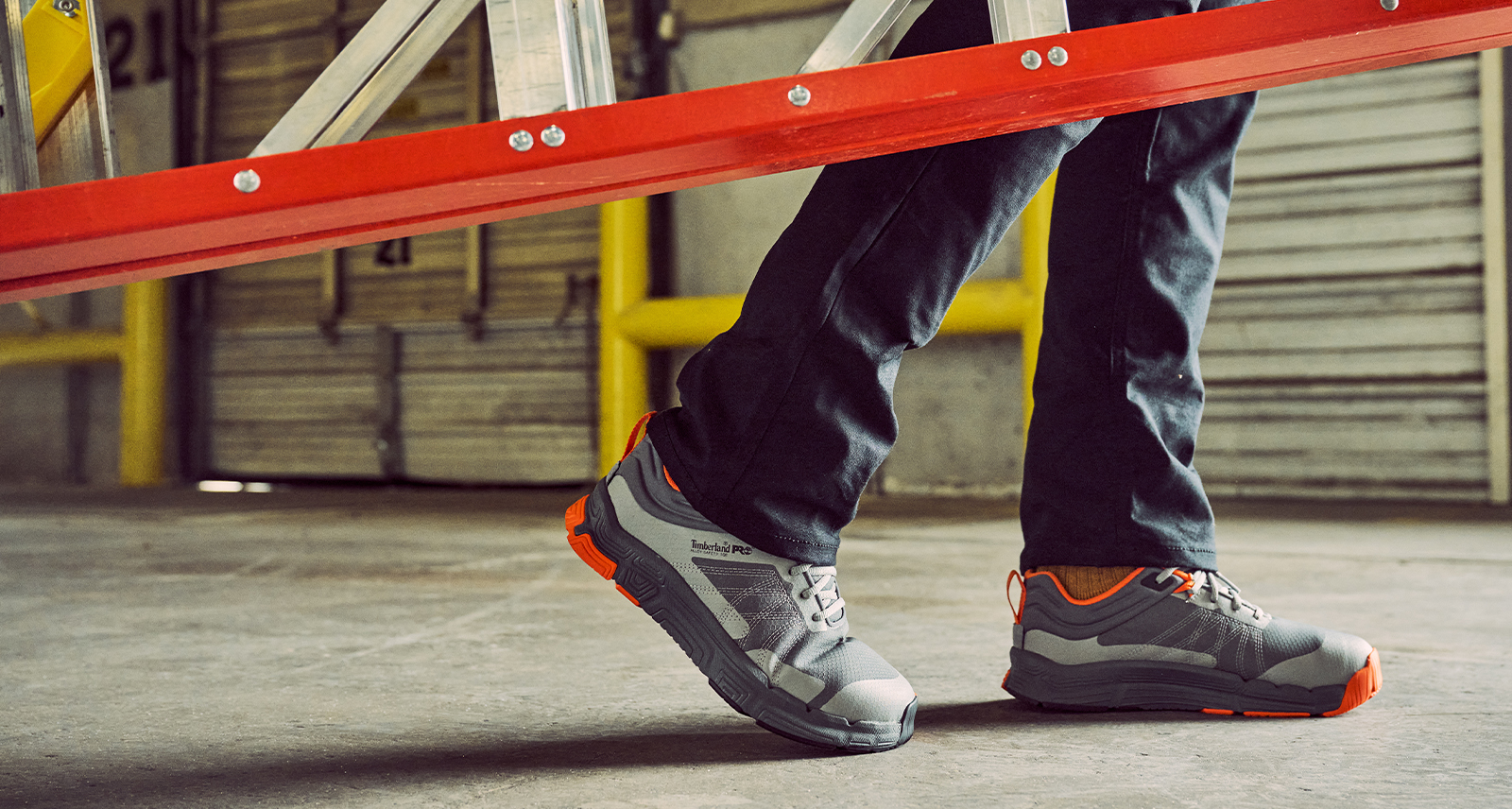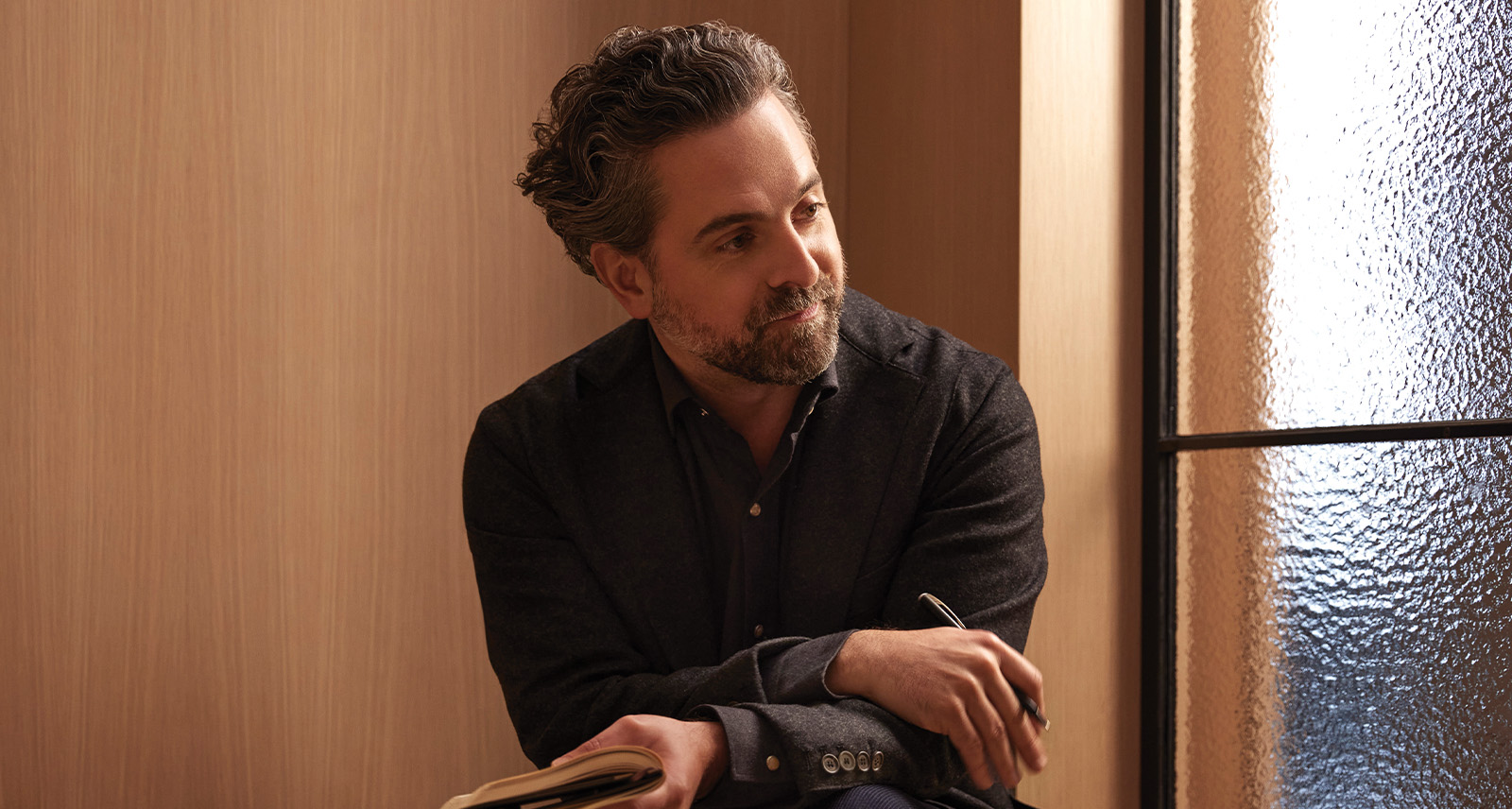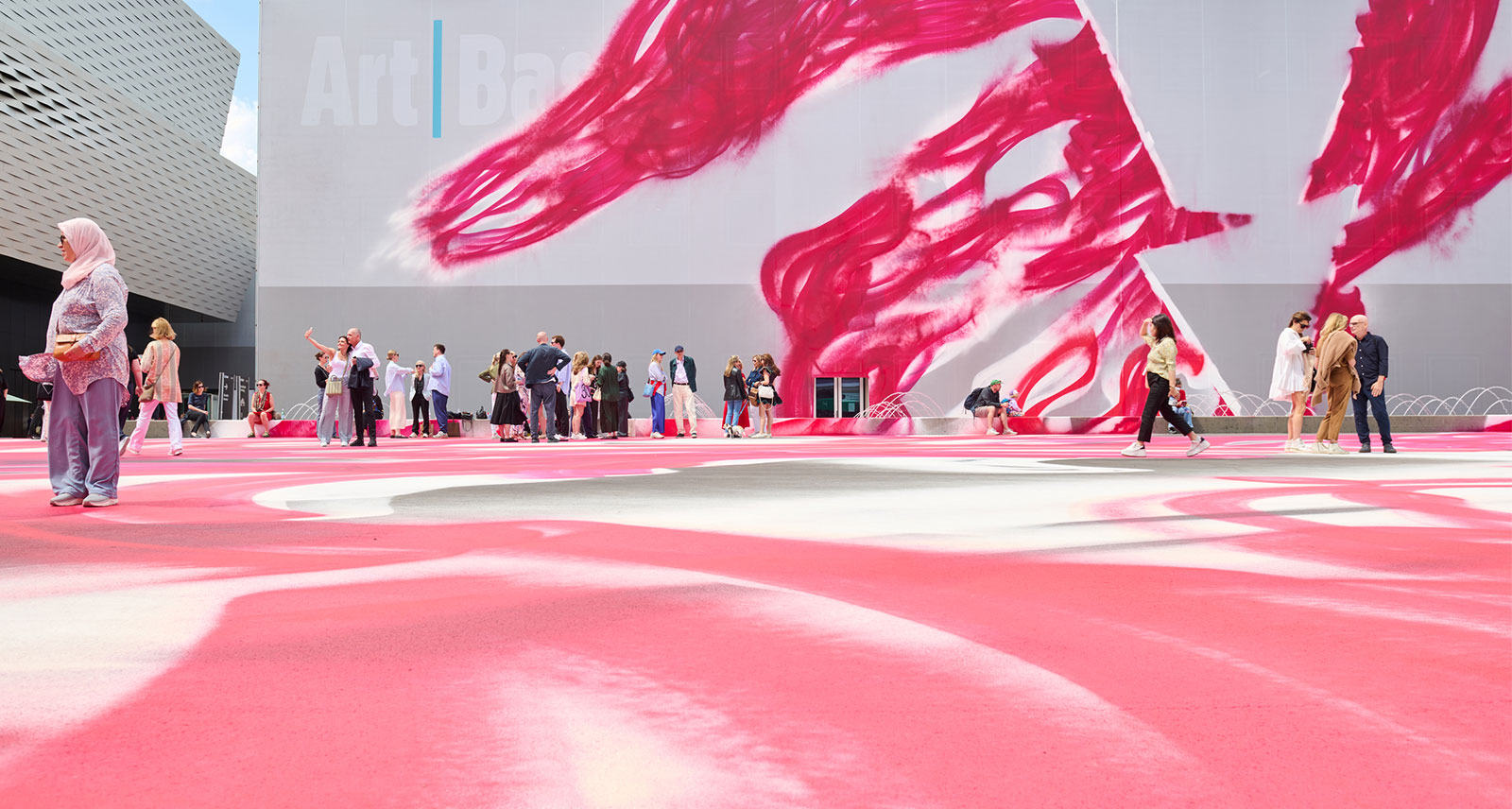Flying Beyond: Inside Grey Goose Vodka’s Journey from Field to Bottle
It’s a breezy mid-September morning in Cognac, France. The sun has just arched its way into the sky, soundtracked by a half-dozen roosters crowing off in the distance. From a window in my room, in the 16th century château at which I’m currently a guest, I can see mile after picturesque mile of grape vines, all grown to be distilled into the brandy on which this region has made its name.
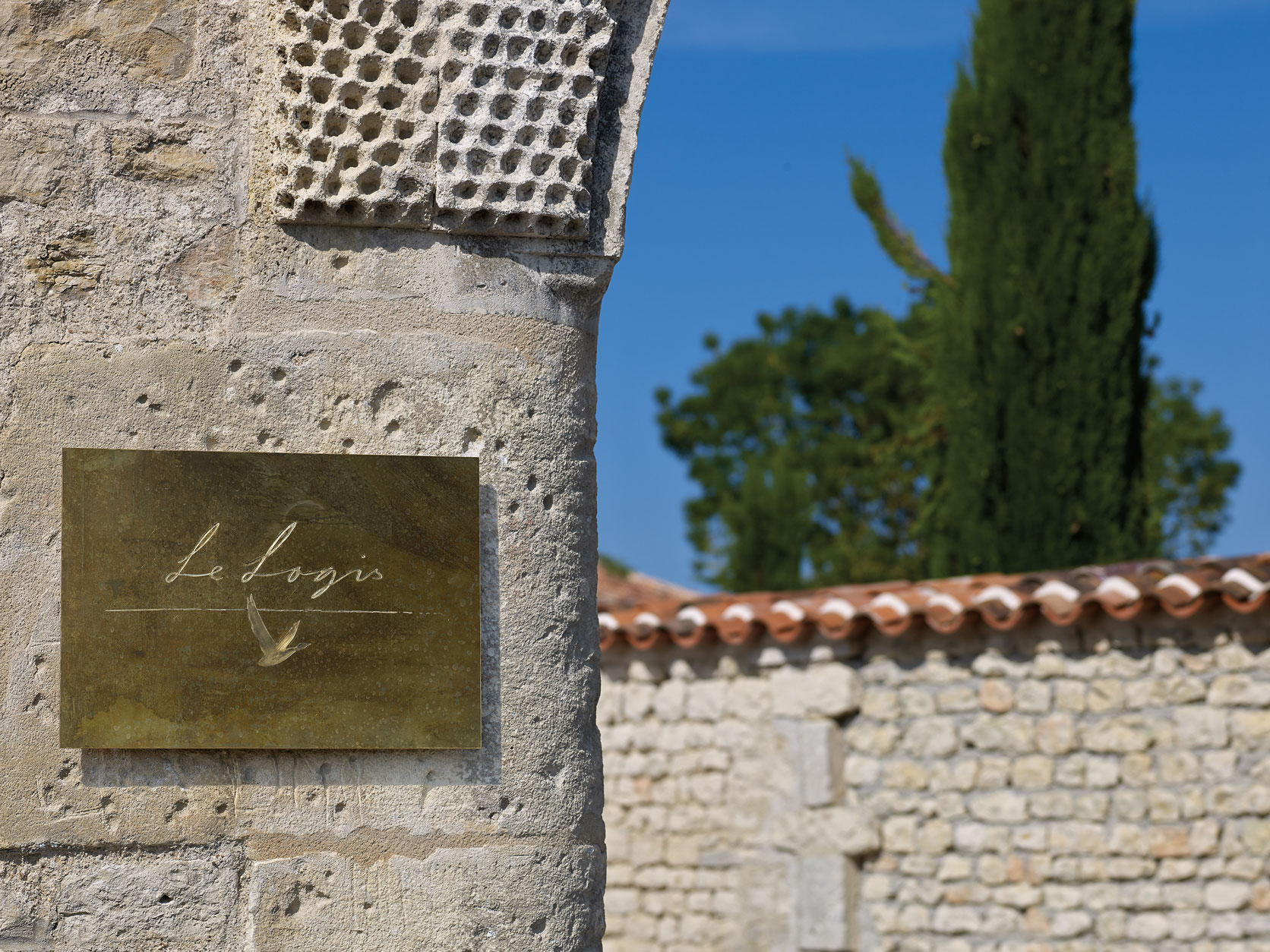
But over the last two decades, Cognac has become known for something else entirely: vodka. In 1997, a local cognac cellar master named François Thibault, along with his business partner Sidney Frank, made waves in this tiny rural village with the launch of Grey Goose — the first vodka to be distilled and bottled in France and made entirely from fine French ingredients. It was a concept that was totally unheard of at the time. Almost sacrilegious, in fact.
“You have to understand, for the people here in Cognac, there is a strong tradition,” Thibault tells me later that morning. “It is their life, their spirit, their DNA. They were very sceptical of Grey Goose at first, but over time they’ve become quite happy to see how its image has been positive for the region.”
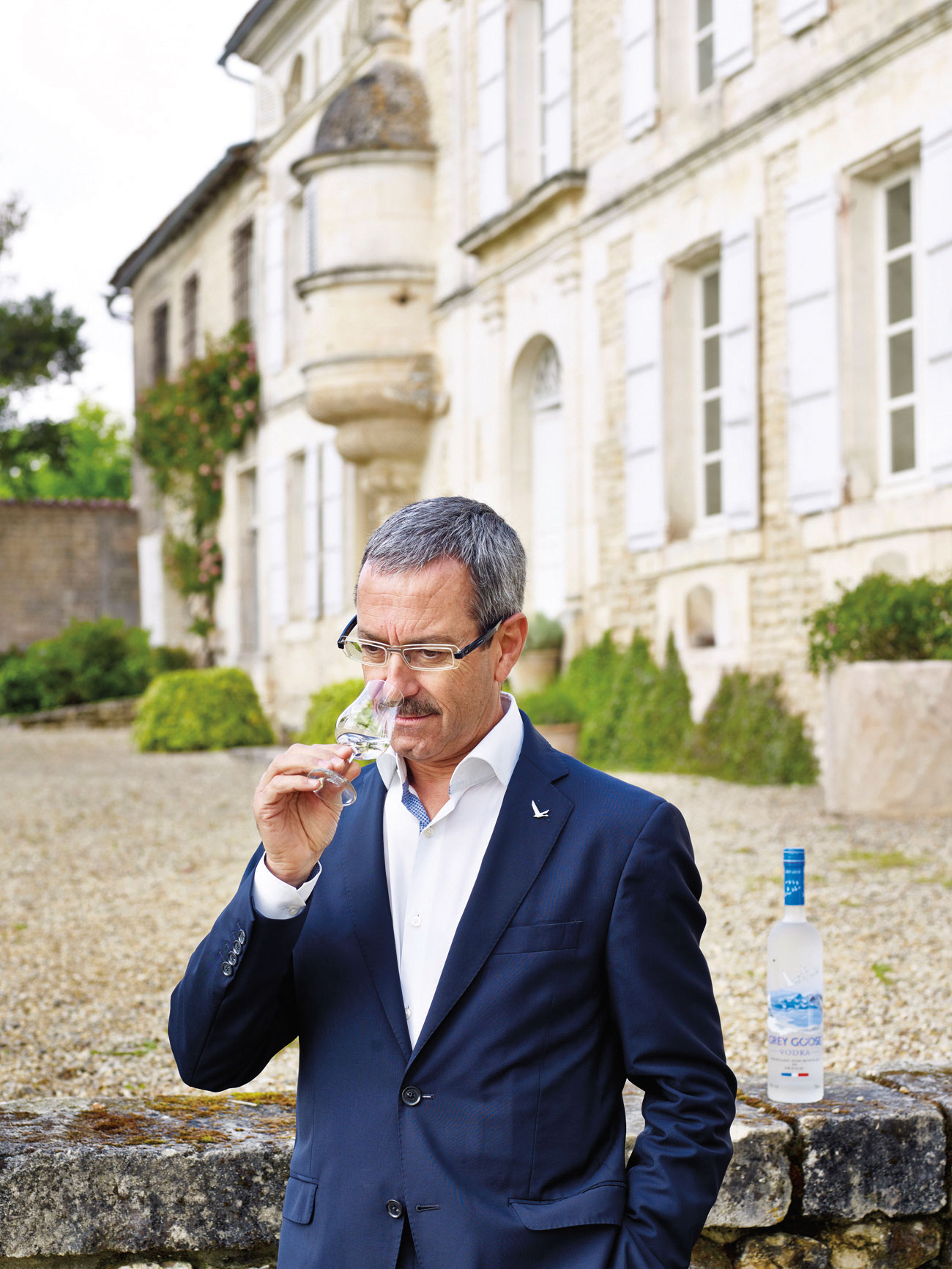
I’m here in Cognac, staying at Le Logis — Grey Goose’s local guesthouse, the aforementioned château — to witness the final round of Grey Goose Pourmasters, an annual cocktail culture program and competition involving some of the finest bartenders from across Canada. Later tonight, the four finalists — Calgary’s Timo Salimaki, Vancouver’s Chris Enns, Montreal’s Jason Griffin, and Toronto’s Bandeh Moghadam — will face off for the coveted 2016 Pourmasters title, each presenting the judges with their own creative interpretation of the classic vodka martini.
But first, I’m spending some time with Thibault, here in his hometown, to learn how Grey Goose is crafted and what, aside from the French flag subtly printed on its bottles, truly sets it apart. As we walk around the stunning Le Logis property, he explains that from the beginning, the idea was to create an especially high quality, luxurious vodka.
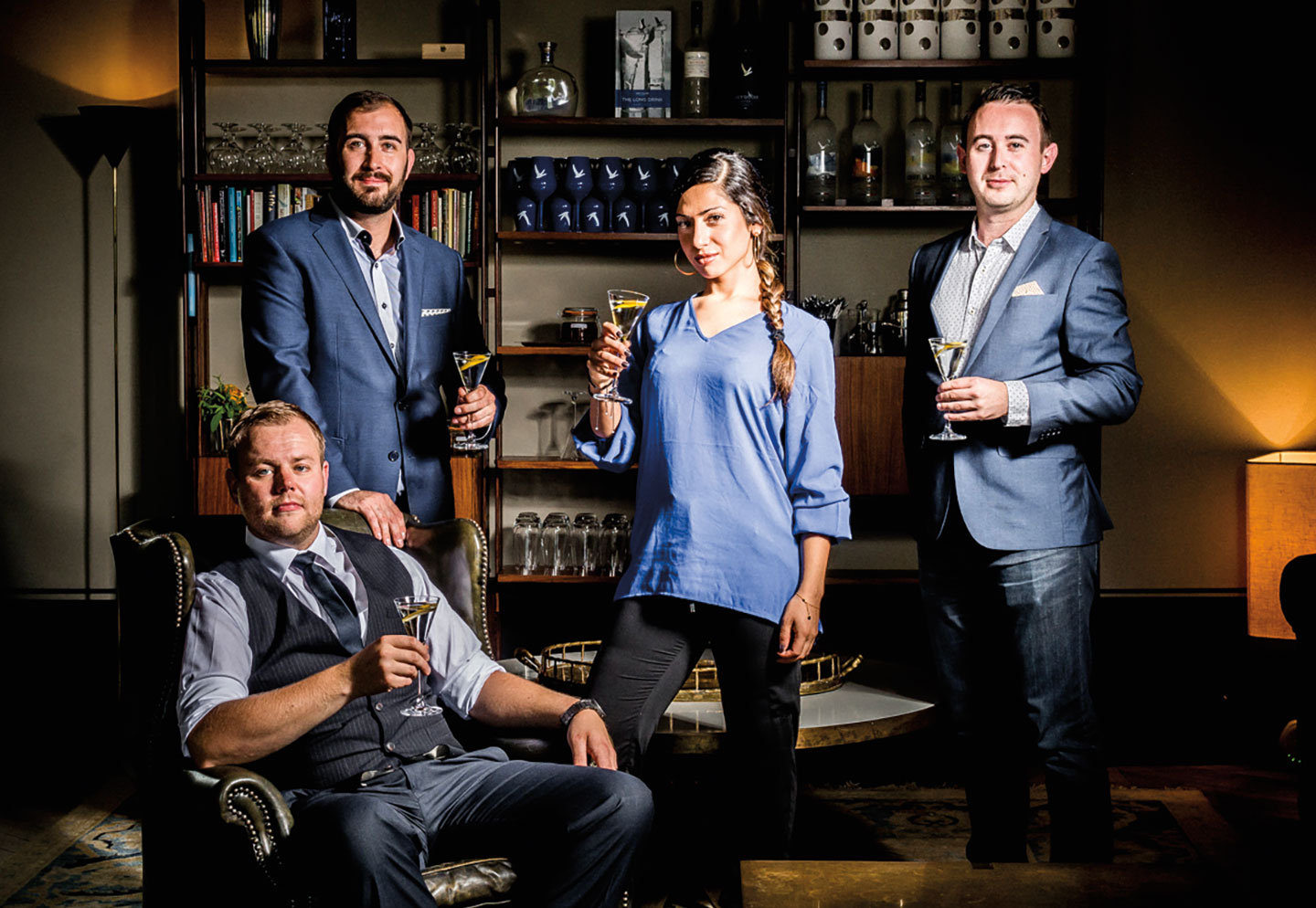
“At first, I didn’t know where to start,” Thibault remembers. “So I looked up the whole story of vodka and discovered that wheat was one of the oldest, original ingredients used to make vodka. That was a turning point.”
Thibault had the grand notion of using soft winter wheat from Picardy, in the north of France — the same fine wheat used for the exceptional French breads and pastries — as the vodka’s main ingredient. The wheat is distilled in the same region where it is harvested to maximize its freshness, and then sent to Cognac, where it is blended with local spring water, favoured for its natural limestone filtration, and then bottled. The result is smooth, refreshing, and utterly unique.
Within a year of Grey Goose’s launch, the Beverage Testing Institute named it the best tasting vodka in the world, and it quickly became a worldwide phenomenon. Thibault knew he had made something special, but even he was unprepared for the extent of Grey Goose’s success.
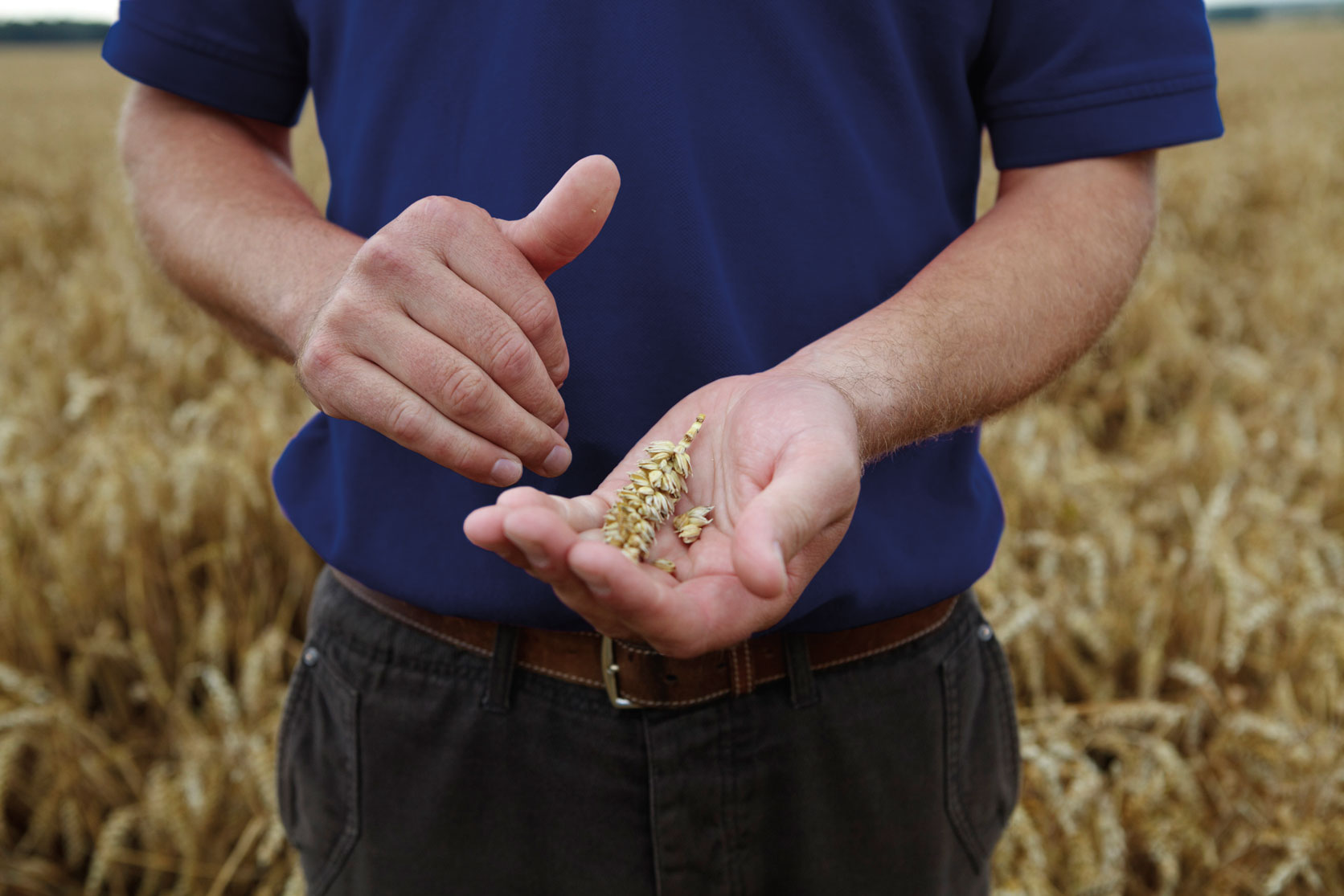
“If you have a creative mind, you create first for yourself,” he says. “It’s best to create something without having anything in your head polluting your thoughts, wondering if it’s going to be successful or not. But I will say that I feel lucky to be a cellar master, because it means I can appreciate my products while I’m alive, unlike a painter, whose work most likely won’t be beloved until after their death.”
Despite Grey Goose’s global acclaim, the cellar master has continued to preserve his innovative spirit and artisanal commitment to the highest quality. Throughout the process, Thibault is involved in every step of Grey Goose production. He has instituted more than 550 daily control checks in Picardy and Cognac and more than 50 taste tests are conducted on each batch of Grey Goose vodka, all performed by a tasting panel led by Thibault.
Over the years, he has slowly and carefully expanded Grey Goose’s vodka offerings, introducing flavoured versions that use only fresh fruits for an authentic taste, with no sugar added: only French Menton lemons, for example, are used in Grey Goose Le Citron. And then there’s Grey Goose VX, a product near and dear to Thibault’s heart — a special spirit masterfully blending Grey Goose with a hint of precious cognac, a nod to the cellar master’s origins and a remarkable combination.
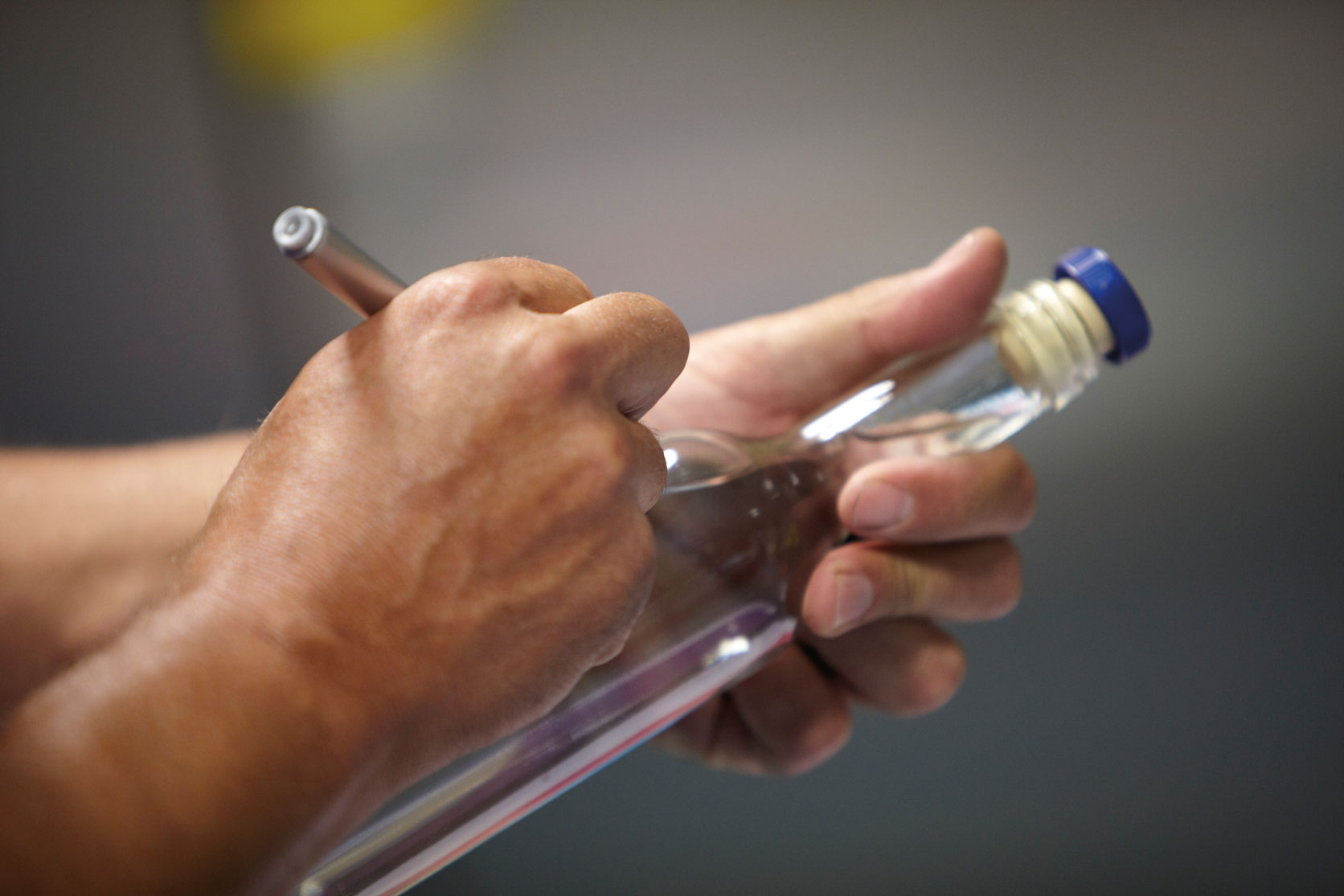
“I am always pushing myself, always innovating,” Thibault says with a smile. “Grey Goose changed the way of things for vodka and how it is consumed, and I want to always continue that legacy.” Later that evening, that same ingenuity and passion is on full display during the Pourmasters final. All four bartenders put forth valiant efforts — equal parts showmanship and pure skill — to the point that one of the judges remarks that it was “possibly the closest competition” he’s ever scored.
But only one can be crowned champion, and Jason Griffin of Montreal’s Hotel William Gray comes out on top. His winning martini, dubbed “Le Bonbon Americain,” is at once subtle and complex: the glass is rinsed in Scotch whisky, and a mix of sherry, elderflower liqueur, and verjus play tantalizingly off the base of Grey Goose.
“It’s pretty surreal for the moment,” Griffin tells me shortly after his win. “What I love most about Pourmasters is the educational aspect of it — we’re constantly learning and evolving. I may leave with a trophy today, but the knowledge and experience I gained is worth so much more to me.”
It’s just further proof of how, from field to bottle to glass, Grey Goose fully encapsulates a culture of innovation, of never settling, of flying beyond expectations.
